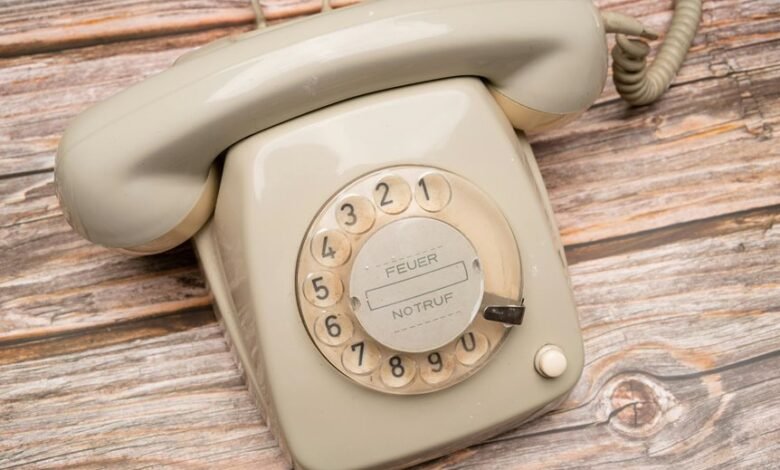Someone’s Still Calling: 5032931945

The number 503-293-1945 has become notorious for persistent, unwanted calls. Many recipients express frustration over the inability to identify the caller, despite caller ID features. Various call-blocking apps provide some relief, but their effectiveness often varies. This situation raises questions about the identity of the caller and the implications for personal privacy. What drives these calls, and how can individuals effectively manage this growing issue?
The Rise of Unwanted Calls
As technology advances, the issue of unwanted calls has escalated significantly, prompting questions about the effectiveness of regulatory measures.
Call blocking tools have emerged as a response, yet privacy concerns remain prevalent. Individuals grapple with the balance between protecting their freedom from incessant interruptions and safeguarding their personal information.
The rise of unwanted calls challenges the efficacy of existing solutions in a rapidly evolving digital landscape.
Experiences Shared by Call Recipients
The experiences of individuals receiving unwanted calls reveal a complex landscape of frustration and confusion. Many utilize caller ID to identify persistent numbers, yet the calls continue.
Some turn to call blocking apps for relief, only to find varied effectiveness. Recipients often express a desire for autonomy over their communications, questioning why such interruptions persist in an age of technology designed for convenience.
Investigating the Caller: Who Is Behind 503-293-1945?
Who exactly is behind the number 503-293-1945? As individuals seek answers, caller identification methods can offer insights, yet privacy concerns often cloud the search.
The elusive nature of the caller raises questions about personal data protections. Investigating this number requires a delicate balance between uncovering the caller's identity and respecting the privacy rights of both parties involved.
How to Handle Unwanted Calls and Protect Yourself
While unwanted calls can be a nuisance, individuals can adopt several strategies to manage these interruptions effectively.
Utilizing call blocking apps provides a straightforward approach to filter unwanted communications.
Additionally, individuals should prioritize privacy protection by reviewing their phone settings and opting for features that minimize exposure to telemarketers.
These proactive measures empower people to reclaim their time and safeguard personal information.
Conclusion
As the number 503-293-1945 continues to disrupt lives, it raises a pressing question: how can individuals reclaim their peace in a world inundated with unwanted calls? The struggle to identify and manage these persistent interruptions illustrates the broader challenge of navigating communication in an increasingly digital landscape. While various strategies exist to combat these disturbances, the quest for effective solutions remains paramount, urging society to find a balance between connectivity and personal privacy.






